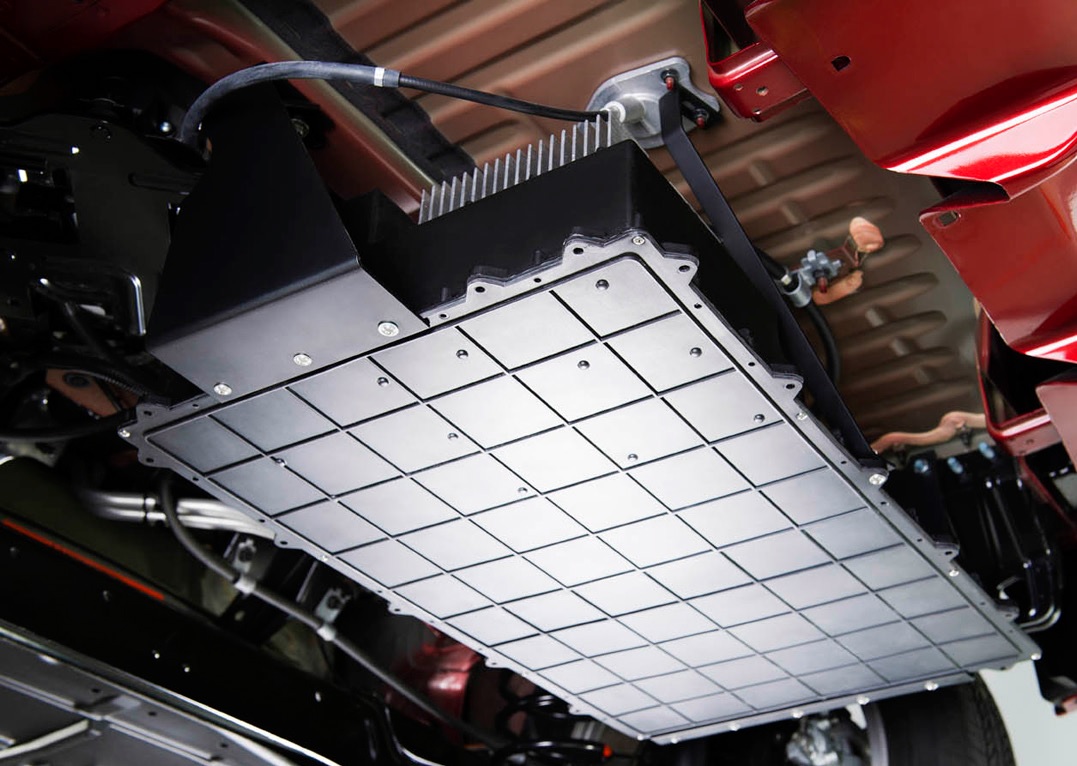Some people assume that the difference between traditional injection molding and reaction injection molding (RIM) is purely superficial. But the two processes are considerably different and provide distinctive results. Although both inject raw materials into a mold, RIM is more complex as it uses chemical reactions to create parts.
Educate yourself on RIM’s “reaction” process to understand how it differs from traditional injection molding. Apart from this, you will discover how chemical reactions create stronger, more durable, and more customizable parts.
The Reaction Process
RIM uses low-viscosity liquid polymers, specifically isocyanate and polyol, which are lightweight and cost-efficient. These liquids are stored in large tanks before high-pressure industrial pumps dispense them into the appropriate molds. The injected liquids slowly expand and thicken through a chemical reaction. Once this is complete, the materials harden into the finished parts.
RIM differs from traditional injection molding in its design process. It is highly customizable, making it easier to select which raw materials and molding techniques to use. It results in finished parts that have custom weight, strength, and density characteristics. The RIM process also allows for more intricate designs.
The Advantages of RIM
The chemical reaction utilized in this process has several advantages, including better structural integrity at a low cost. Learn more about it to understand why many businesses prefer the RIM process.
Build Larger Parts
The traditional injection molding process is more expensive, making it difficult to use in manufacturing larger parts. The RIM process for parts molding offers clients a cost-efficient alternative. Additionally, liquid polyurethane is better at filling molds for larger pieces without compromising on its finer details.
Experience Better Durability
The materials used in the RIM process offer better design flexibility, allowing you to design and build parts with varying thicknesses to suit the final product better. Parts created through RIM exhibit better dimensional stability and chemical resistance, letting them withstand internal stress during processing. Polymer-made products are also known for their corrosion resistance, making them ideal for moisture-prone applications and environments.
Enjoy Superior Flexibility
Polymer materials used in RIM are known for their flexibility, especially compared to aluminum and sheet molding compound. Quickly form parts with intricate details without compromising their durability with these materials.
Create In-mold Paintings
RIM provides aesthetic benefits, including in-mold painting. This is achieved by painting the cavity of the mold before it is filled with polymer materials. The paint adheres to the liquid through a chemical bonding process, coating the finished part as it dries. It results in a paint job that is resistant to cracking, flaking, and chipping.
Experience the Advantages of RIM Processes When You Work with RIM Manufacturing
For over four decades, we have worked with businesses across industries, providing them with high-quality parts for their products. We take a hands-on approach to each project, allowing us to create custom parts for any product.

